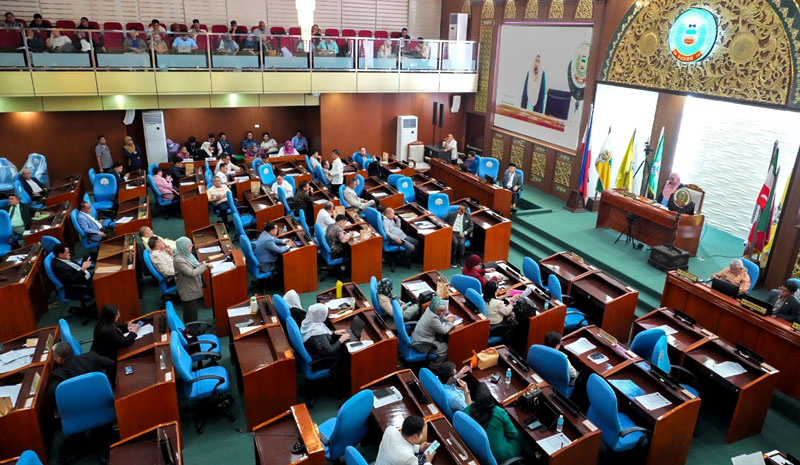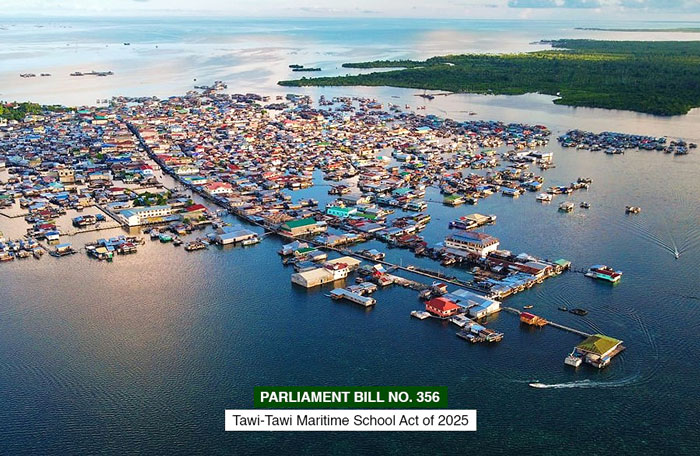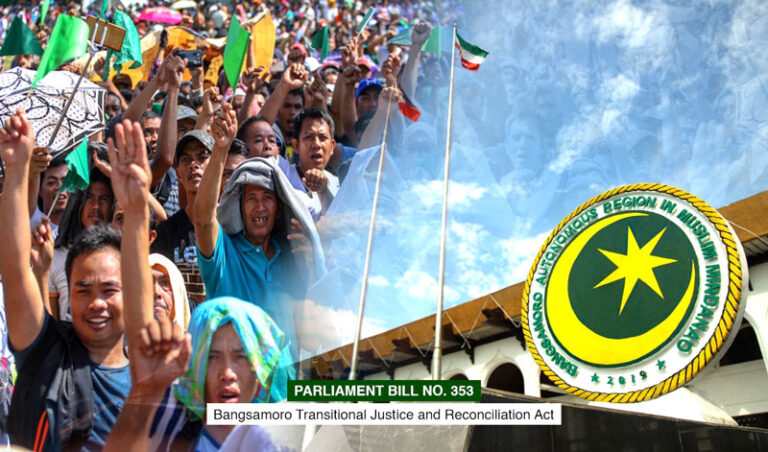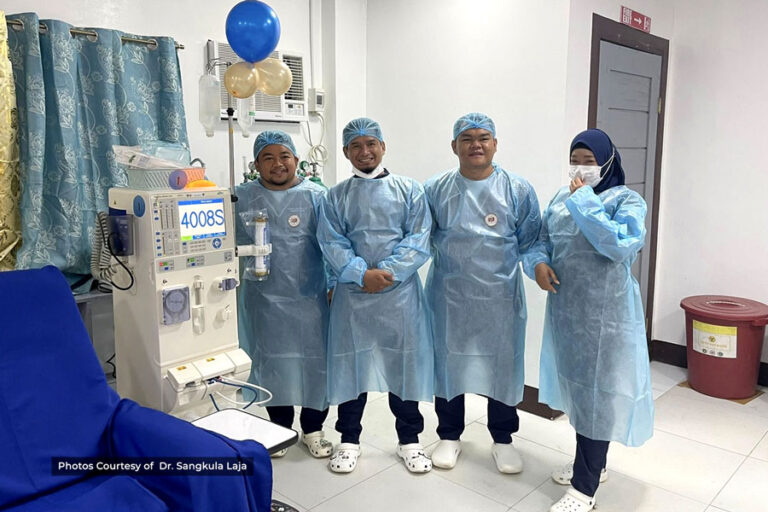
COTABATO CITY — Two major bills have been filed seeking to reallocate the seven parliamentary seats originally assigned to the province of Sulu but now left vacant following the Supreme Court’s decision to exclude it from the Bangsamoro Autonomous Region.
The bills, filed on the first day of the Parliament’s fourth regular session, aim to ensure that the 80-member Bangsamoro Parliament will be fully constituted in time for the region’s first parliamentary elections in October 2025.
The legislative push seeks to resolve the legal and electoral gap created by Sulu’s exclusion. The province was originally allocated seven of the 80 seats set for the region’s historic elections.
BARMM Comelec Director Ray Sumalipao said the redistricting initiative must come from the Parliament, in line with the Bangsamoro Organic Law.
“Under the law, the Parliament must be composed of 80 members. It is incumbent upon the Parliament to pass a law if there are any amendments. As far as district allocations are concerned, this is allowable,” Sumalipao said.
He added that early passage of the redistricting law would be beneficial.
“Especially if the law is passed earlier, it gives COMELEC more time to prepare, particularly for the printing of ballots,” he said.
BARMM Chief Minister Abdulraof Macacua issued a strong call to action during the ceremonial opening, saying, “This reappropriation is not just an electoral necessity — it is a moral imperative.”
“One of the main reasons for resetting the parliamentary elections from May to October 2025 is the vacuum concerning the seven districts originally intended for Sulu,” Macacua said.
“While we seek a fair and inclusive resolution for Sulu’s rightful place, the reality is that time is of the essence. The reappropriation is not just an electoral necessity — it is about upholding the sanctity of democratic representation.”
Floor Leader Sha Elijah Dumama-Alba explained the reasoning behind the Government of the Day’s Bill on the parliamentary redistricting. She stressed that the bill’s goal is to ensure fairness and prevent haggling, crucial to facilitating the parliamentary proceedings.
“The decision to file this bill came upon the directive to ensure fairness in the allocation of seats,” Dumama-Alba said.
To make sure the process is streamlined, each province is given its due representation.
“We considered the population and the land area in the distribution. We don’t rely solely on population because the Bangsamoro Organic Law requires that population is the minimum threshold, but the seat distribution should reflect a broader set of factors.”
Two proposed laws are now under consideration:
Parliament Bill No. 351, filed by the Government of the Day, or the Bangsamoro Parliamentary Redistricting Act of 2025, proposes the following district allocation:
• Basilan – 4 seats
• Lanao del Sur – 9 seats
• Maguindanao del Norte – 5 seats
• Maguindanao del Sur – 5 seats
• Tawi-Tawi – 4 seats
• Cotabato City – 3 seats
• Special Geographic Area (SGA) – 2 seats
Parliament Bill No. 347, authored by nine independent members of Parliament, including Baintan A. Ampatuan, Rasul E. Ismael, Jaafar Apollo Mikhail L. Matalam, Khalid M. Hadji Abdullah, Sittie Fahanie Uy-Oyod, Michael E. Midtimbang, Tawakal B. Midtimbang, Jose I. Lorena, and Ishak V. Mastura, offers a slightly different allocation:
• Basilan – 4 seats
• Lanao del Sur – 10 seats
• Maguindanao del Norte – 5 seats
• Maguindanao del Sur – 5 seats
• Tawi-Tawi – 4 seats
• Cotabato City – 3 seats
• SGA – 1 seat
Lanao del Sur, with a population of 1,195,518 based on 2020 data, has the highest number of people among BARMM provinces, which explains the proposal to allocate two additional parliamentary seats to the province.
Both bills seek to redistribute the seven seats previously allocated to Sulu, following the Supreme Court’s ruling that upheld the constitutionality of the Bangsamoro Organic Law but recognized Sulu’s decision to reject the law’s ratification during the 2019 plebiscite.
With Sulu’s exclusion, the Bangsamoro Parliament currently accounts for only 73 seats:
• 40 party representatives
• 25 from the remaining parliamentary districts
• 8 from sectoral groups
Under Bangsamoro Autonomy Act No. 58, passed in February 2024, the original district allocation included:
• Basilan – 3 seats
• Maguindanao del Sur – 4 seats
• Maguindanao del Norte – 4 seats
• Sulu – 7 seats
• Tawi-Tawi – 3 seats
• Lanao del Sur – 8 seats
• Cotabato City – 2 seats
• SGA – 1 seat
Once the bills are referred to the appropriate committee, public consultations will be conducted across the region to ensure that stakeholders and constituents are heard in the redistricting process.
Dumama-Alba emphasized that, while the bills are just a proposal, it will undergo thorough deliberation in committees and discussions with Parliament members before it is finalized.
“It’s important to keep in mind that this is a proposal at this stage. It will go through the necessary deliberations before we finalize the allocation,” Dumama-Alba added.
In discussing the legislative process, Dumama-Alba further explained the Parliament’s approach to consolidating bills for efficiency. “If there is both a government bill and a private bill on the same issue, we consolidate them. The government bill takes precedence, and the private bill is treated as a position paper so that the author’s efforts are not wasted. We also conduct public consultations on one bill to ensure that all stakeholders are heard.”
Following the passage of a redistricting law, the Comelec will issue official guidelines for filing candidacies in the new districts.
“This Parliament will not allow any voice to be left behind. We are working diligently and in good faith, under tight timelines, to ensure the Bangsamoro people can finally exercise their full democratic rights this October,” said Speaker Pangalian Balindong. He added that the October 2025 elections will mark the first time the people of Bangsamoro will democratically choose their lawmakers, transitioning from interim governance to a fully elected parliamentary government. (LTAIS-Public Information, Publication, and Media Relations Division)



